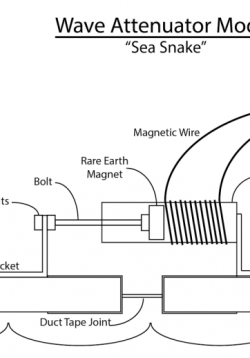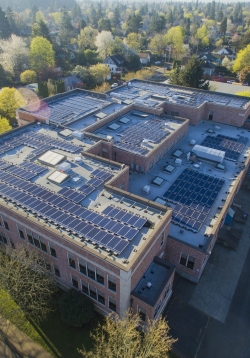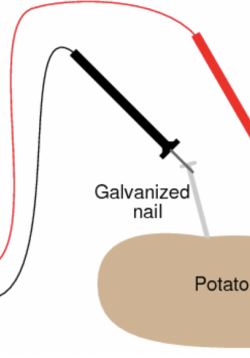Cost Effective Solar Cells: Unique Solar Cell Model Sketch and Presentation
This lesson is designed to be completed in two 80-minute sections. The teacher will facilitate brief class presentations on the unique solar cell models. Teachers will model and encourage students to provide warm and cool feedback to the presenters,...




